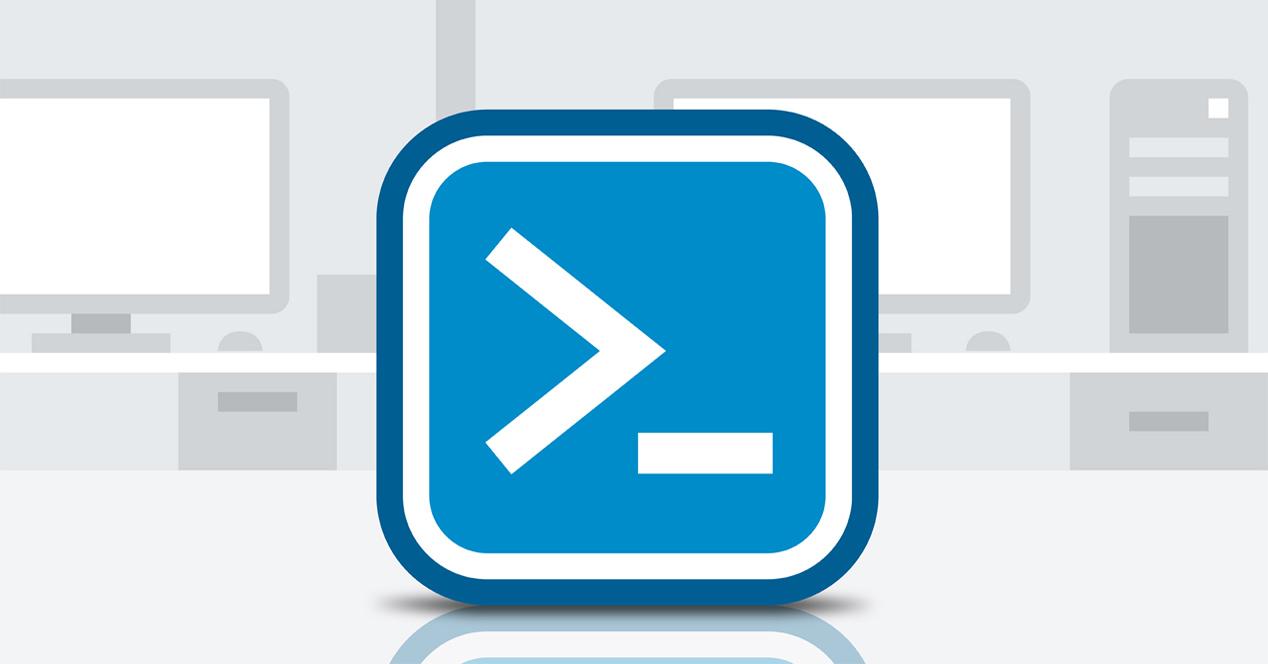
- #WINDOWS POWERSHELL MALWARE HOW TO#
- #WINDOWS POWERSHELL MALWARE UPDATE#
- #WINDOWS POWERSHELL MALWARE FULL#
- #WINDOWS POWERSHELL MALWARE WINDOWS 10#
#WINDOWS POWERSHELL MALWARE FULL#
#WINDOWS POWERSHELL MALWARE UPDATE#
If you need to remove an extension from the exclusion list, then you can use this command: Remove-MpPreference -ExclusionExtension EXTENSIONĪnd don't forget to update the command with the extension you wish to remove. Once you complete the steps, the file extension will be added to the database of formats that need to be ignored during malware real-time, custom, or scheduled scanning. Type the following command to exclude a file type and press Enter: Set-MpPreference -ExclusionExtension EXTENSIONIn the command, make sure to replace "EXTENSION" with the extension you want to exclude.For example, this command excludes the Microsoft Word files from being scanned: Set-MpPreference -ExclusionExtension docx.To exclude a file type with PowerShell, use these steps: Exclude file typeĪlso, to exclude locations, you can prevent certain file types from being scan with Microsoft Defender. , and don't forget to update the command with the path you wish to remove. If you want to remove a folder from the exclusion list, you can use this command: Remove-MpPreference -ExclusionPath 'PATH\TO\FOLDER-FILES' Type the following command to eliminate active threat using Microsoft Defender and press Enter: Remove-MpThreatĪfter you complete the steps, Microsoft Defender will ignore the folders you specified during real-time and scheduled scanning.To remove all active threats from your computer, use these steps:
#WINDOWS POWERSHELL MALWARE HOW TO#
How to delete active threat on Microsoft Defender See this comprehensive guide to learn about offline scanning with Microsoft Defender Antivirus.

After the scan, the device will restart automatically, and then you can view the scan report on Windows Security > Virus & thread protection > Protection history. It'll boot into the recovery environment, and it'll perform a full scan to remove viruses that otherwise wouldn't be possible to detect during the normal operation of Windows 10. Once you complete the steps, the device will restart automatically.

Type the following command to start an offline virus scan and press Enter: Start-MpWDOScan.Search for PowerShell, right-click the top result, and select the Run as administrator option.Quick note: Before proceeding, make sure to save any work you may have open, as the command will immediately restart the device to perform an offline scan. To start an offline scan, use these steps:
#WINDOWS POWERSHELL MALWARE WINDOWS 10#
Microsoft Defender Antivirus also provides an offline scan option, which will come in handy when an unwanted malware infects the device which the antivirus isn't able to remove while Windows 10 is fully loaded. How to perform offline virus scan with Microsoft Defender Source: Windows Central (Image credit: Source: Windows Central)Īfter you complete the steps, Microsoft Defender will only scan for viruses in the location you specified.


 0 kommentar(er)
0 kommentar(er)
